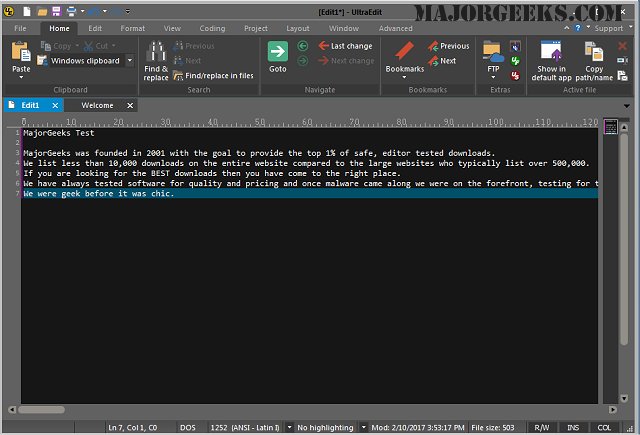
So go for the “Save As” option once you’ve added everything you need to your PDF. The result is a smaller PDF file you can manage. By doing this, you overwrite the entire file, eliminating unused objects and accumulated changes. This is because the function saves the changes and appends them to the file. Every time you hit Save in an application, you end up with a usually bigger file size.

This is a good place to start to cutting down the bloat.

Some fine-tuning here and there will go a long way to shave the megabytes off of your file. How can you slim down the size of your PDF document? While this heavily depends from PDF to PDF and the type of content it contains, there are a few general PDF creation options in particular which you should pay close attention to. There’s nothing worse than an email stuck in your outbox because of a large PDF attachment-unless, of course, it’s a slow PDF download from the web. Yes, it'd be nice if the user could override the handling of a type when the user knows what he's doing, but that's not something available right now.One of the biggest pet peeves of dealing with a PDF file is the large file size. If the server isn't set up right, the browser is going to ask you to download it as that's all it can do or that's what the server told it to do.

If all of that is correct, it'll do what you want. They should all play in Opera without downloading.įor a file to play in Opera, it depends on the mime type the server sends or its extension, the content-disposition (inline or attachment(attachment tells the browser to download instead)) the sever sends, whether Opera supports playing the file (the container and the codec(s) in it), and whether the type is enabled (by Chromium) for embedded playback.


 0 kommentar(er)
0 kommentar(er)
